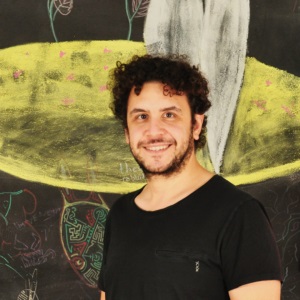
Markus Meschik runs the NGO Enter, a counselling centre for families and professionals dealing with digital media in Graz. He is a researcher and lecturer at the University of Graz, the University of Klagenfurt and the University of Applied Sciences Linz with a research focus on problematic gaming behaviour and financing models of digital games, as well as a reviewer and expert for the BuPP of the Federal Chancellery. His book “Game Over ? Digitale Spiele in Familien und der Kinder- und Jugendhilfe” (Digital Games in Families and Child and Youth Welfare) was published by Büchner Verlag as an open access edition in 2022.
Insert Coin to Continue: In-game spending by adolescents and the convergence of gaming and gambling
FROG 2023 – Keynote
From a monetization perspective, games as products seem to make up an increasingly smaller part of the gaming industry, in favor of the free-to-play business model – which in many cases is more lucrative in the long run. Critical research in this regard has long been limited to loot boxes or (pseudo-)randomly generated content in digital games, which are particularly reminiscent of classic gambling and have been the focus of research due to their potentially harmful effects in terms of pathological gambling behavior. Lootboxes, however, represent only the (admittedly particularly lucrative) tip of the iceberg of the free-to-play model and the dark patterns implemented in it.
“Insert Coin to Continue” is a mixed methods research project that addresses questions about the motives for spending money in games as well as the extent of spending among austrian youth between the ages of 11 and 25. It addresses the questions of who actually spends most money (players often referred to as „whales“), which mechanics seem to need potential regulation and the formulation of judicious regulatory frameworks. Based on the empirical findings, analogies between gaming and gambling are presented, which not only concern the audivisual appearance of the individual gaming offers, but also help shape the direct gaming practice of gamers. It is argued that the business models of free-to-play games are often distinct games in their own right, forcefully tied to the main game, but with a completely different goal. Furthermore, considerations of a sensible regulation are presented and put up for discussion.
Photo Credits: Nelson









